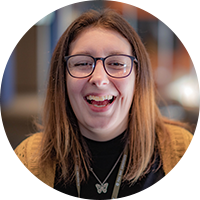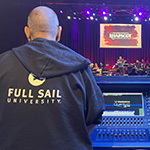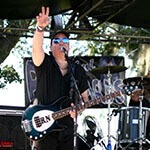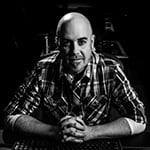Full Sail Stories
Published Nov 21, 2023
Faculty Profile: Mike Stewart (Audio Measurement Systems, Show Production)
This instructor applies his knowledge from decades of working with acts including Genesis, James Brown, Etta James, and Wu-Tang Clan.
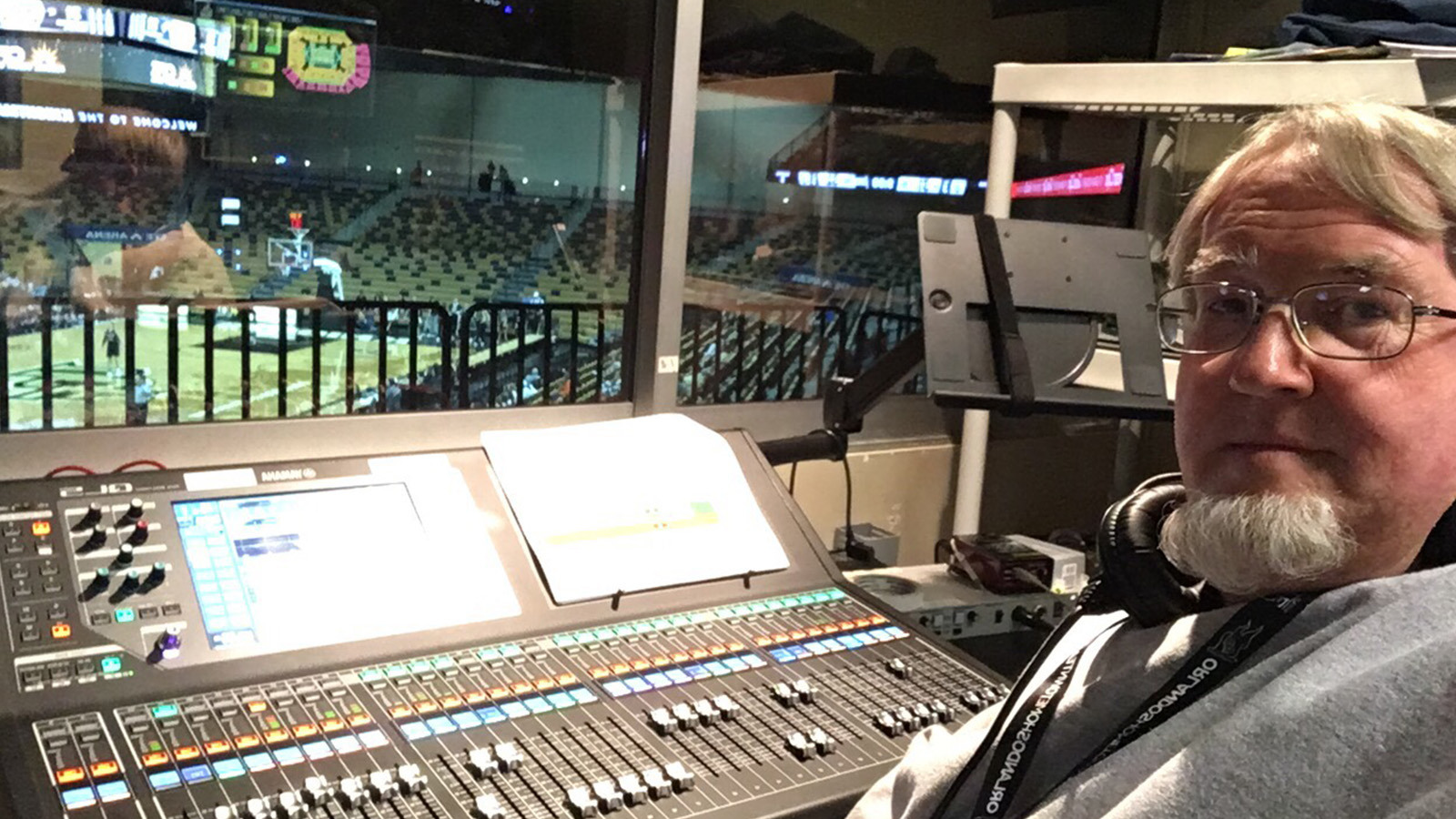
Studying show production at Full Sail can prepare students for careers in live event production with hands-on experience using the same tools they will use out in the industry. One of the classes students will take is Audio Measurement Systems, a course where they learn how to tune a sound system using computers and digital signal processing. Instructor Mike Stewart guides students through the four-week course, applying his decades of experience working with artists.
Having worked on audio systems for a variety of acts including Genesis, the Fugees, Etta James, and Wu-Tang Clan, Mike’s career saw some incredible highs before he came to teach at Full Sail nearly 25 years ago. Mike describes his course – one of the original components of show production studies at Full Sail – as a special complement to the skills students have been learning since the beginning of the program, saying, “If you like apple pie, apple pie is awesome, it really is. But, man, you put some ice cream on it? It rocks! We're the ice cream.”
A sweet addition to any live production, audio measurement systems help balance sound in a space, allowing for an optimal audio experience. In Mike’s course, he leaves no stone unturned, preparing students for a variety of variables with hands-on labs.
“We're hands-on out in our live rooms,” shares Mike. “We do cardioid subs labs where you set the subwoofers up in a certain configuration…and you have a distance between them and you delay them or reverse polarity so that all the energy is out front, but you walk around behind it and there is no energy, hardly at all, which keeps all that low-end energy off the stage. [The course is about] getting the system right, not just turning it on, not just throwing up speakers in the air.”
Mike’s labs focus on utilizing industry-standard software including Smaart and Q-SYS to deliver stellar sound in any venue. “[With Q-SYS], we go in and manipulate it all in the software. We add mixers to it. We can do snakes, can send off into different rooms. We can do room combining, we can do echo cancellation, we can add effects, we can add parametric EQs and graphic EQs, and we can do crossovers,” he says.
“Because we're talking about measuring things down to a hundredth of a millisecond, even one millisecond of time offset will cause 24 to 30 dB of cancellation at 500 hertz, just one millisecond. So, that's how crucial it is to get everything working together.”
Despite leaving the touring life in the past, Mike finds a great reward in watching his students as their careers unfold. “I always felt that my students will do more than me, I know that and I'm glad, I honestly am, I don't begrudge them at all. It's really cool when I look at them on Facebook and see all these big concerts and stuff that they're doing…I never feel like I'm in danger that I'll expose too much to them and I'll be lesser. No, no, no, I hope you do better than me, I really do.”
